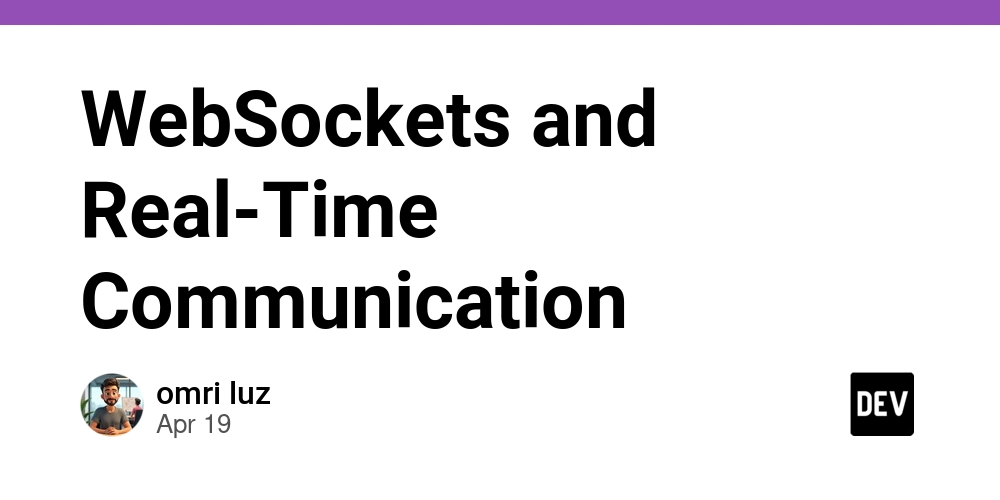Dev
1w
345

Image Credit: Dev
WebSockets and Real-Time Communication
- WebSockets have become essential for real-time communication on the web, offering full-duplex channels over a single TCP connection, revolutionizing efficient and scalable applications.
- The WebSocket protocol introduced in 2011 provided a technology alternative to traditional HTTP protocols, overcoming challenges like polling, long polling, and Server-Sent Events for real-time communication.
- WebSockets simplify connection management, data transmission through Data Frames, and enable bidirectional interaction through code examples like chat applications using JavaScript and Node.js.
- Advanced implementation techniques involve subprotocols negotiation, authentication mechanisms through tokens, and considerations for performance optimization like connection management and load balancing.
- Comparing WebSockets with HTTP/2 Server Push and Server-Sent Events highlights the suitability of WebSockets for low-latency applications and bidirectional data flow.
- Real-world uses of WebSockets span collaborative tools, live sports updates, and online gaming for delivering real-time data updates without refreshes.
- Challenges include network reliability, scalability concerns, and security risks like XSS attacks, stressing the importance of secure communication practices.
- Debugging WebSocket applications can be facilitated through browser tools, logging connection states, and memory profiling to identify and resolve issues efficiently.
- Developers can enhance their proficiency by mastering WebSockets using advanced techniques, performance optimizations, and understanding potential pitfalls within their real-time applications.
- Exploring the historical background, technical specifications, real-world use cases, pitfalls, and debugging strategies provides a comprehensive understanding of leveraging WebSockets effectively.
Read Full Article
20 Likes
For uninterrupted reading, download the app